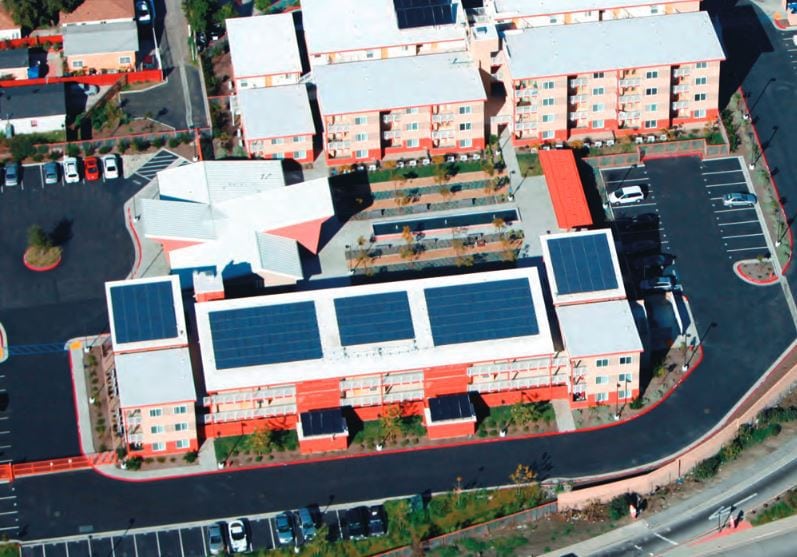Minimizing Solar Risk with Energy Storage
There has been some bad news with regards to
solar power, mainly that there is a chance that the savings you are supposed to make by installing such a system could decrease by around 50%. Fortunately, you can do something to prevent this. You can minimize solar risk with energy storage. In fact you can even reverse it.
The greatest solar risk, at the minute, is solar deflation. Essentially, the world of solar power is changing, and this means that people don’t know whether or not to invest in solar power systems anymore. This is unfortunate, because there is a need to change the traditional supply and demand. Furthermore, solar power isn’t just about saving money, it is also about saving the planet!
Solar energy storage is critical to the widespread expansion of solar energy generation. Because the solar resource is intermittent, storage is key to both ensuring sufficient energy to meet demand, most notably after sundown each evening and also for improved grid functionality.
However, this is still a relatively new technology. Thus, both the investors and the IRS are still learning exactly how to structure the deals to ensure a given project meets the necessary criteria and risk is minimized.
Three Issues that Cause Solar Risk
At the same time, there are three new changes to policies and to utility rates, and these will create a significant risk, particularly on commercial properties. These are:
- Peak periods, which is when the price of electricity is higher, are now later during they day – when you no longer generate solar energy.
- Net metering will causes non-bypassable charges to be added on exported solar energy.
- Demand charges are being increased by utilities.
Put together, these three issues could lead to a 56% decline in the savings a commercial property owner, for instance in an affordable housing unit, could make. This, in turn, means that solar projects are no longer economically feasible on larger properties. The biggest issue is the change in the charges for utility demands, which is responsible for around half of all the losses on savings. The biggest problem with this is that a single cloudy day could make those reductions on savings even greater, ending up in costing people even more.

